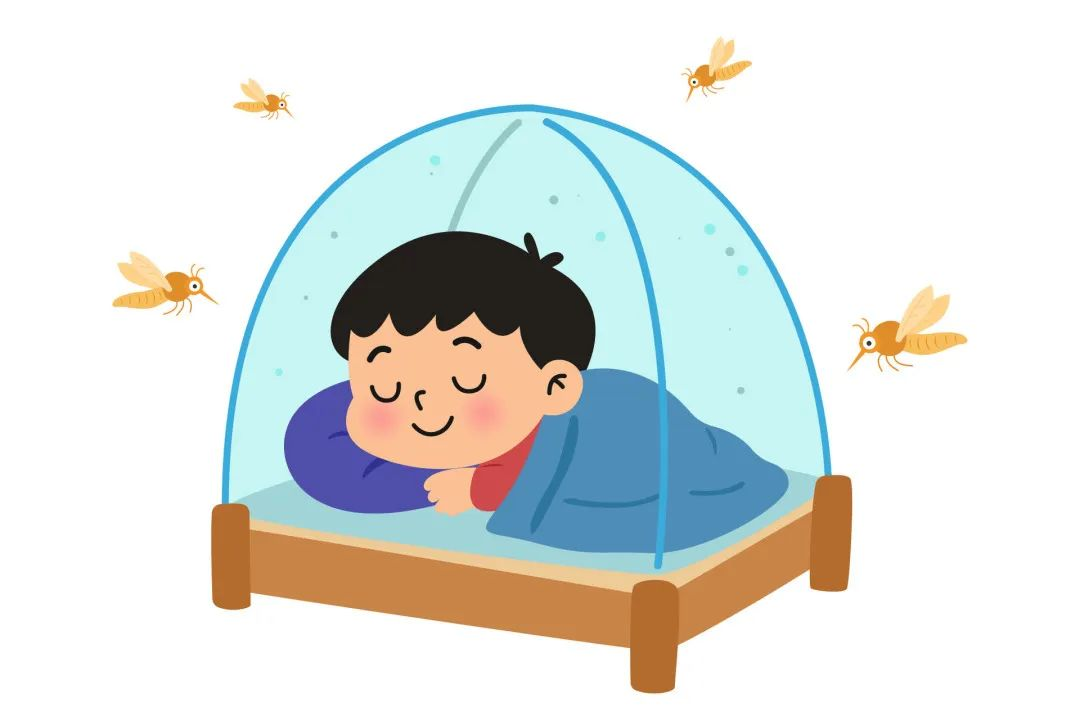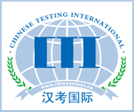
A recent chikungunya outbreak in certain areas in southern China has drawn public attention. According to the Beijing Center for Disease Prevention and Control (CDC), this disease is primarily transmitted through the bites by mosquitoes of the Aedes genus and, like dengue fever and malaria, is a mosquito-borne infectious disease. It is important to note that chikungunya is preventable, treatable and controllable , and there is no need for panic. Its key prevention measures include removing stagnant water, eliminating adult mosquitoes and preventing bites.
In terms of environmental management , everyone is advised to remove all types of stagnant water from idle and/or unused containers, such as flowerpot saucers, water dispenser trays, floor drains, foam boxes, and idle tubs, jars, basins, and buckets, in living and working environments. Manage drinking water and/or the stagnant water in functional containers by sealing the containers tightly with covers and changing the water every five to seven days. If you have potted plants, aquatic plants and/or similar items at home, change the water regularly and rinse both plants' roots and containers' inner walls during water changes to prevent the breeding of mosquito larvae. It is also advised to install screen doors, window screens and mosquito nets in your home to prevent mosquitoes from entering.

When going outdoors , it is advised to wear light‑colored clothes with long sleeves as well as trousers to minimize skin exposure. During peak mosquito activity periods, apply mosquito repellent to your exposed skin areas in accordance with the product instructions regarding amount and frequency of application. Avoid prolonged stays in shaded areas and grassy areas, and areas near water whenever possible.
Before traveling , check the prevalence of mosquito‑borne disease(s) in your destination and prepare appropriate light‑colored, long‑sleeved clothing and mosquito repellent. If accidentally bitten by mosquitoes, avoid excessive scratching to prevent infection. Upon returning, monitor your health condition. Also, seek prompt medical attention while actively reporting your travel history and exposure history in the endemic area if symptoms such as fever, chills, joint/muscle pain, and/or rashes develop.
Source: Beijing E-Town
Events
More+-

Int'l exhibition spotlights AI, digital art at Wanlin Art Museum
-

Welcome to the Salon On New Quality Productive Forces!
-

Major exhibitions in Shanghai this December
-

Exhibition of Fine Export Artifacts of Qing Dynasty Collected by Dongguan Museum
-

New exhibit on Mayan civilization opens in Hebei Museum











 京公网安备
京公网安备